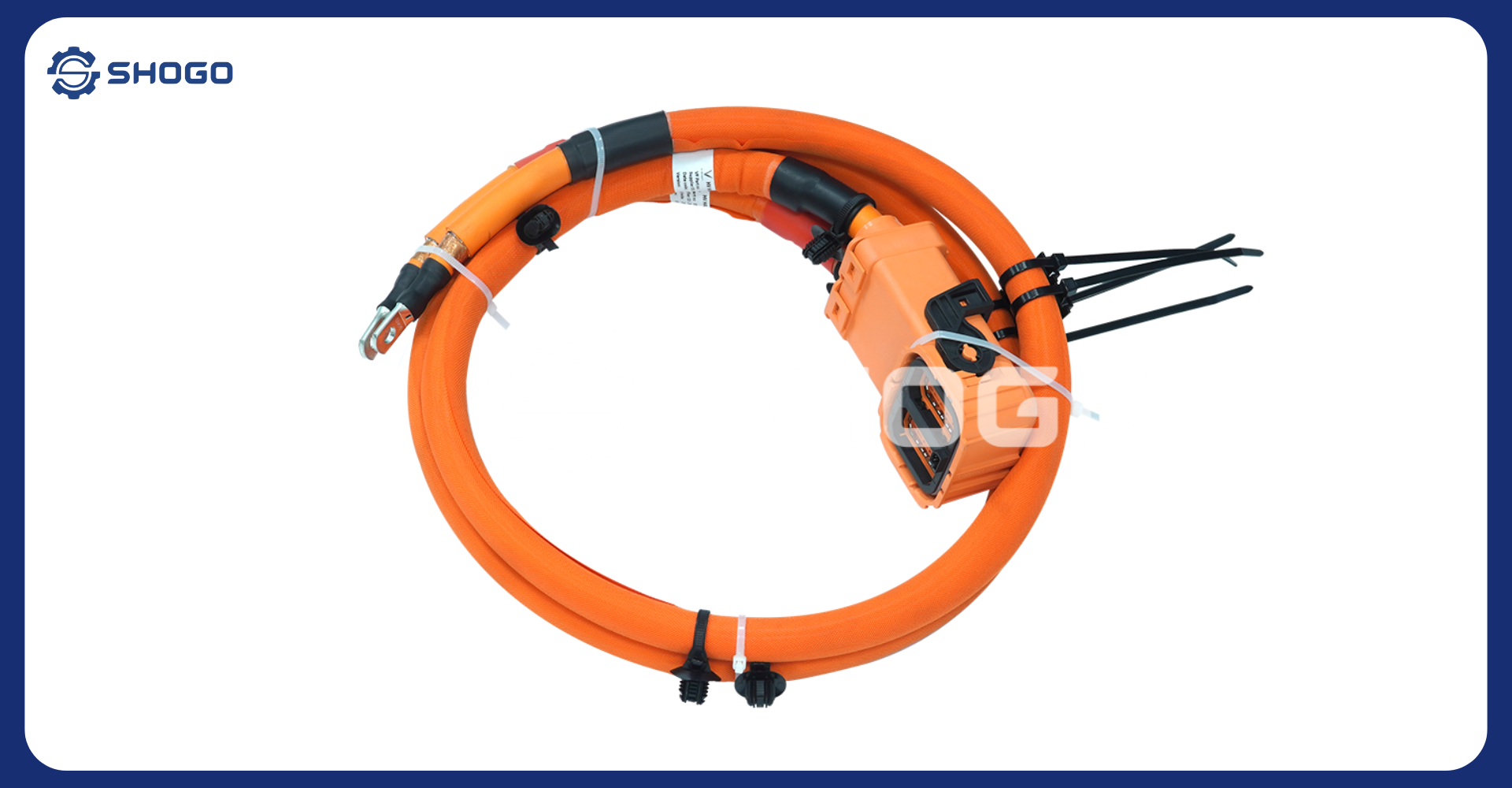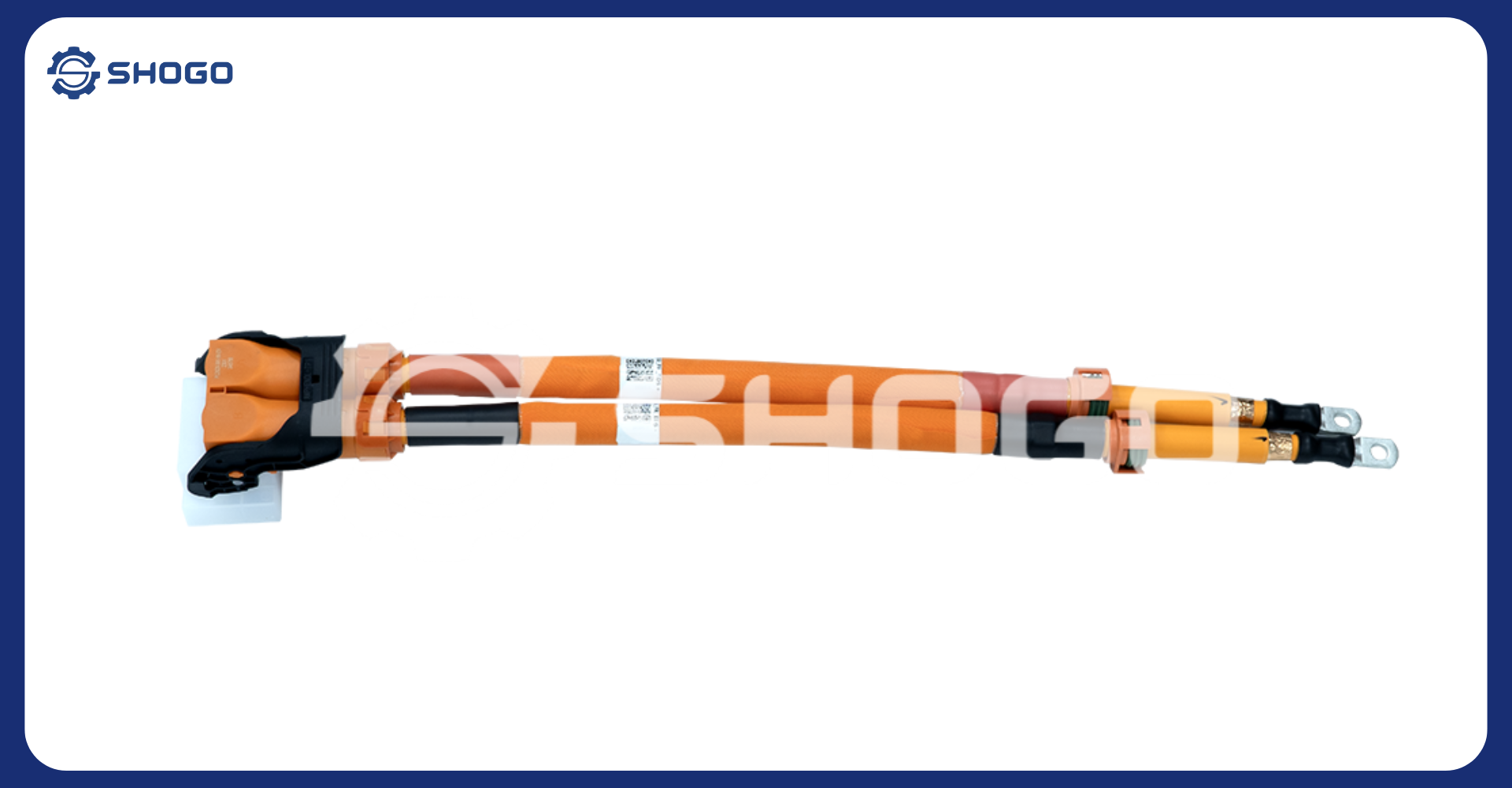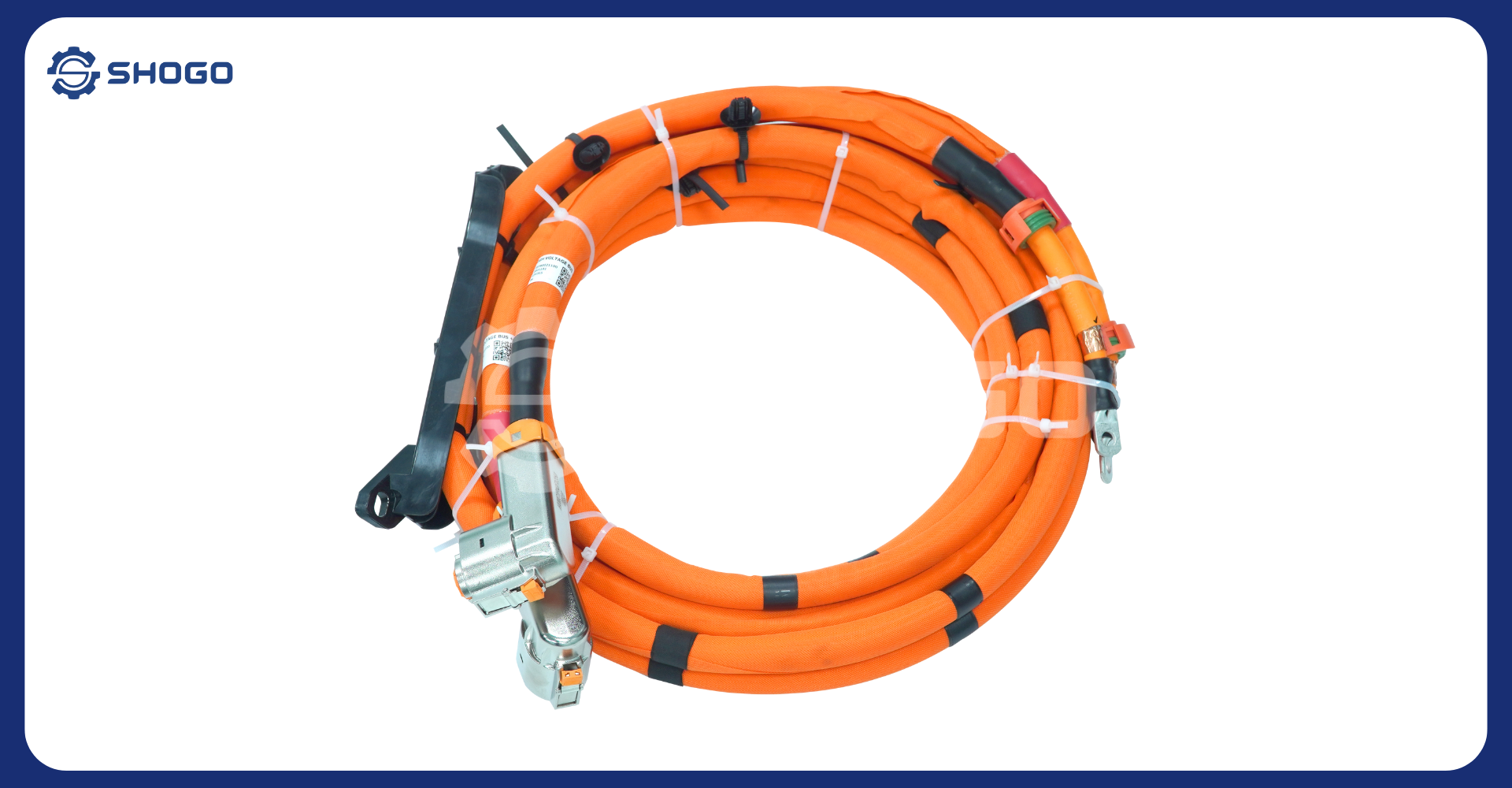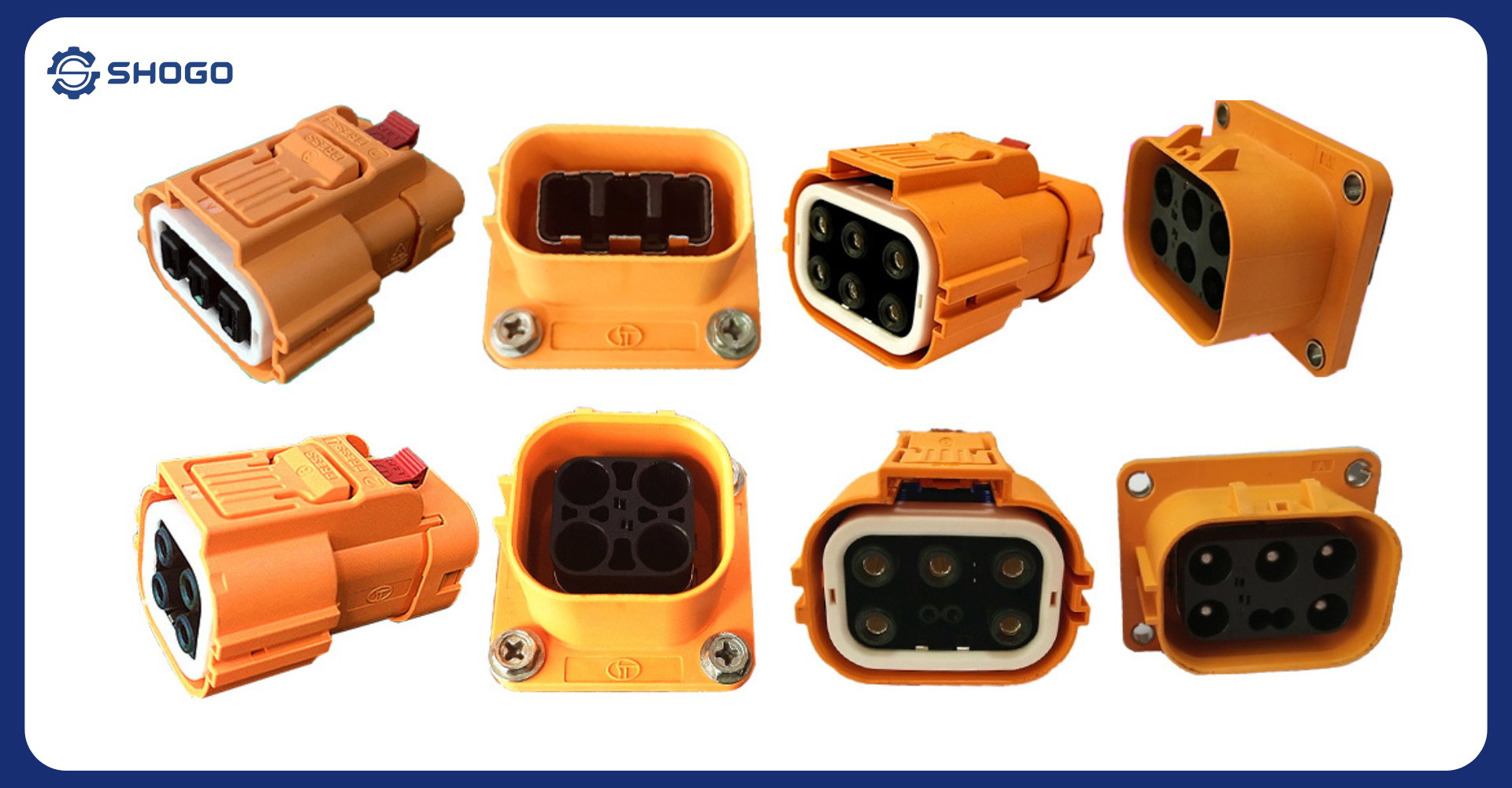
In the electrical system, connectors play an extremely important role, ensuring safe and effective connections between devices. To choose and use connectors properly, it is necessary to understand the types of connectors and how to classify them. This article will provide you with basic and advanced knowledge about the classification of high voltage connectors, helping you have a more comprehensive and in-depth view of this topic.
1. Classification criteria for connectors
To classify connectors scientifically, people often rely on the following criteria:
- Material: Connectors are made from many different materials such as copper, aluminum, alloys… Each type of material will have its own advantages and disadvantages in terms of conductivity, heat resistance, corrosion resistance…
- Structure: Based on the structure, connectors can be divided into many types such as tube connectors, bayonet connectors, screw connectors… Each type has a different structure, suitable for specific applications.
- Working environment: Connectors are used in many different environments, from indoors to outdoors, from dry environments to humid environments, with chemicals…
- Rated voltage and current: Each type of connector has different rated voltage and current, showing the load capacity of the connector.
- Standards: connectors are usually manufactured according to international standards such as IEC, ANSI, DIN… Compliance with these standards ensures product quality and safety.
2. Common types of connectors
-
High Voltage Connector: High voltage connectors are indispensable electronic components in the power transmission system. They act as a bridge, connecting high voltage electrical devices together safely and efficiently.
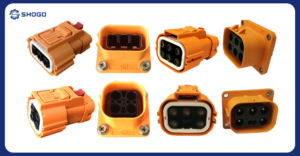
- HVDC connectors: Widely used in DC power transmission systems, HVDC connectors are capable of withstanding very high voltages and currents.
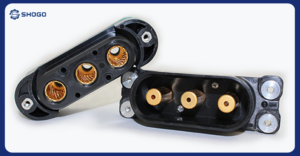
- Schuko connectors: Popular in Europe, Schuko connectors are characterized by two round pins and one ground pin.
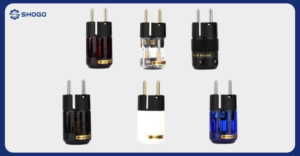
- Coaxial connectors: Used in high frequency systems, coaxial connectors are capable of transmitting signals with low loss.
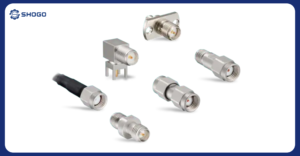
- Bayonet connectors: With a simple structure and easy to use, bayonet connectors are often used in industrial electrical systems.
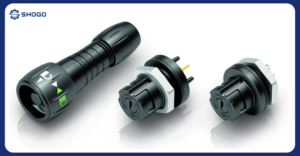
- Screw connectors: Ensuring a secure and safe connection, screw connectors are widely used in many applications.
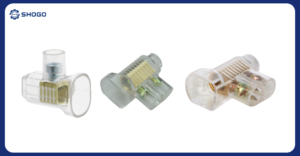
3. Factors affecting the selection of connectors
When selecting connectors, the following factors must be considered:
- Rated voltage and current: The connector must be able to withstand the operating voltage and current of the system.
- Working environment: Harsh working environments will require connectors that are heat-resistant, moisture-resistant, and corrosion-resistant.
- Frequency: For high-frequency applications, it is necessary to choose connectors that can operate stably at high frequencies.
- Standards: Connectors must meet technical and safety standards.
4. Applications of connectors
Connectors are widely used in many fields:
- Power transmission system: Connecting transformer stations, transmission lines…
- Industry: Used in factories, industrial electrical equipment…
- Household appliances: Used in household electrical appliances with large capacity such as air conditioners, water pumps…
- Electric vehicles: Used in connecting electrical equipment of electric vehicles
5. Conclusion
The selection and use of the correct type of connectors is very important to ensure the stable and safe operation of the electrical system. This article has provided you with basic knowledge about the classification and selection of connectors. However, to make the final decision, you should consult experts and carefully read the manufacturer’s technical documentation.
